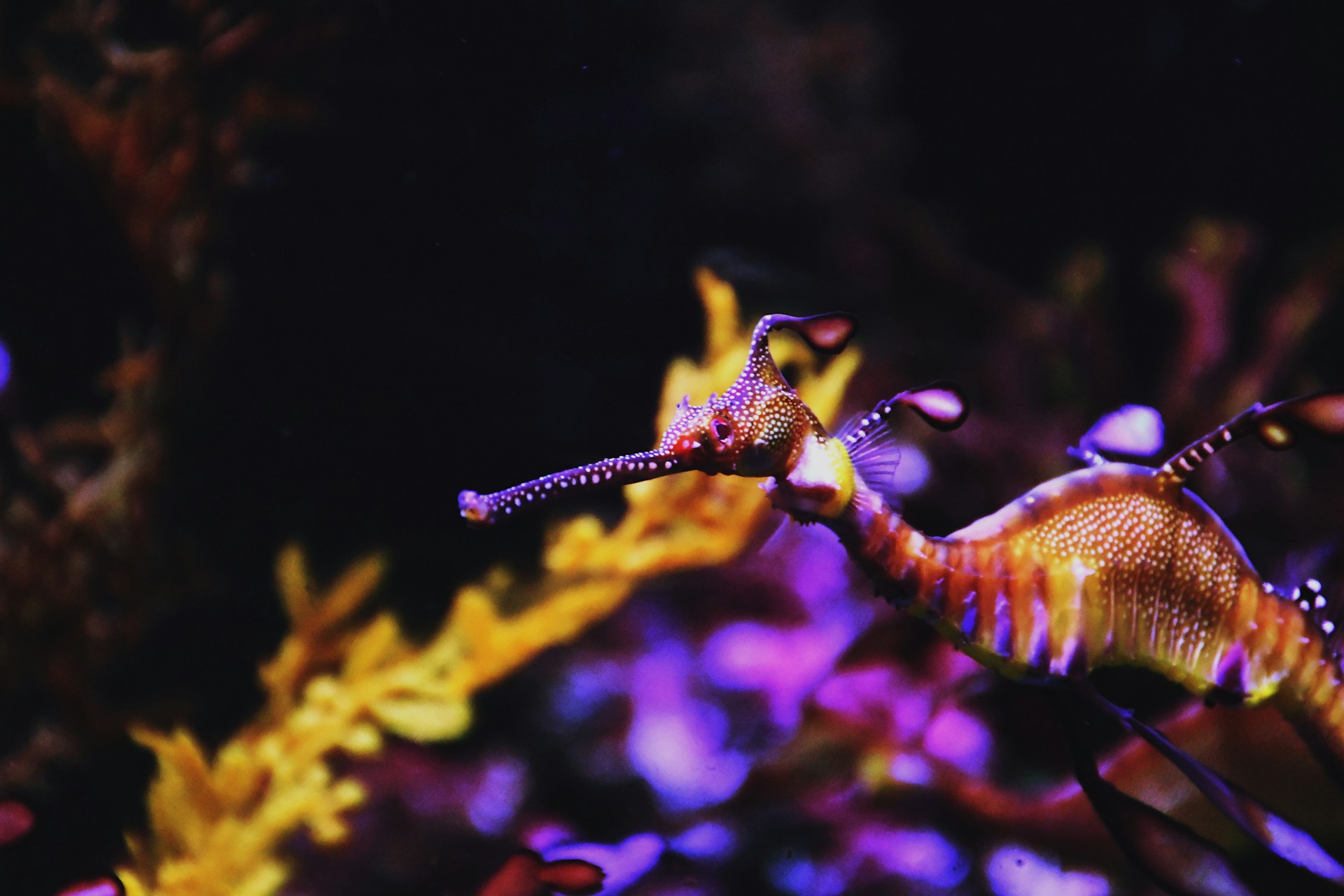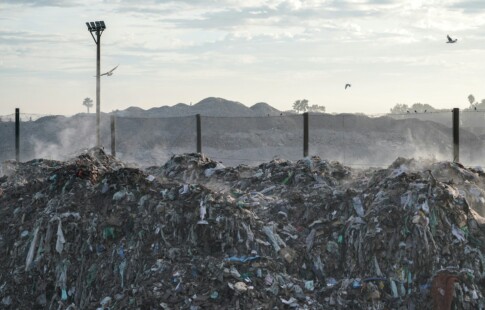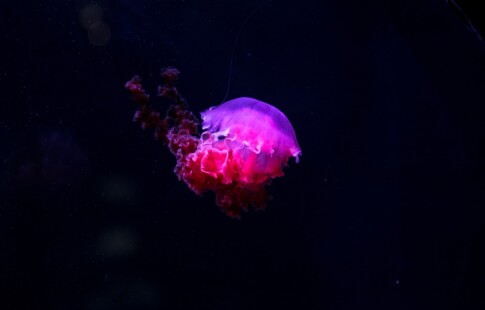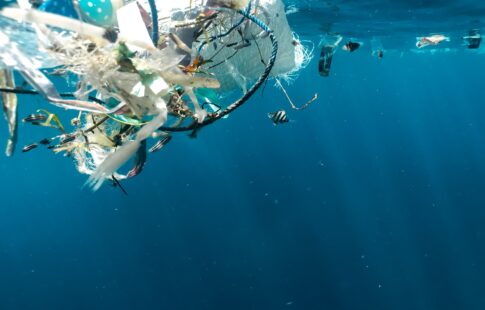
A Near Endangered Tale of the Leafy Sea Dragon and What You Can Do to Protect Them From Extinction
We are reader-supported. When you buy through links on our site, we may earn affiliate commission.
To know about the leafy sea dragon is to be fascinated with its leaf-like appendages. While not a seahorse, the leafy sea dragon resembles one in its body shape and both being bony fish within the Syngnathidae family.
Sea dragons, however, are more brightly colored and better at camouflaging themselves in kelp forests and amidst seaweed. These fascinating creatures are only found in Australian waters and are unique to that geographic region. Leafy sea dragons were listed as near threatened on the IUCN Red List in 2006.
The creature is protected under Australian law under the Australian Environment Protection and Biodiversity Conservation Act of 1999, which allows for one pregnant male sea dragon to be collected annually and the hatchlings used for research and education purposes.
What Can You Do to Protect These Fascinating Fish?
Leafy sea dragons have a lot of natural protection from predators thanks to their relatively small average size of 11.8 inches or 30 centimeters and ability to hide within the plants. They are threatened, however, due to the actions of humans and that is something society can work together to change.
Human dangers to syngnathids include construction, development and human disturbance. Residential and commercial projects wreak havoc with the waters off the coasts, where the sea dragon thrives. Limiting construction and development along coastal areas can protect the ecosystems where sea dragons and other at-risk species live. In particular, government officials can closely monitor the impact any project might have before construction begins.
Another danger comes from people capturing sea dragons. Divers and explorers find the creature unique and sometimes try to take it home and keep it as a pet. However, leafy sea dragons require very specific conditions to thrive and may not fare well in captivity. If you’re ever fortunate enough to see a leafy sea dragon in the wild, observe it but don’t disturb it.
In addition to other dangers, the fish may be in danger from commercial fish farms. Around half of the fish consumed globally comes from farms. Commercial food operations located in shallow water habitats may pollute the waters and harm sea dragons. Any addition to an area unbalances the delicate ecosystem. You can refuse to buy fish from commercial operations or while dining out, insisting on only wild-caught fish instead, but it might not alleviate the majority of the problem. Another option is to forgo eating fish altogether, although that might not be sustainable to everyone.
Something anyone can do is reach out to local elected officials with your concerns about possible extinction. Consider politicians’ commitment to protecting ocean ecosystems when you vote to make an impact in laws and conservation programs over time.
Finally, rising water temperatures could be partially to blame for changing their ecosystem and lowering their numbers. Adopting green practices and buying from companies that do can also help protect their habitats and reverse the falling numbers of leafy sea dragons off Australia’s coasts. You might only be one person, but if millions embrace the idea, the rising temperatures could reverse.
Why Were Leafy Sea Dragons Added to the Red List?
The main reason they were added to the list initially was due to a declining population due to coastal development, which led to pollution. Overfishing also destroys the food source for the dragons, which is primarily plankton and small crustaceans along with larval fish. Less fish means less larvae. They adore Mysid shrimp and plankton are a significant part of their diet.
Rising water temperatures might also alter the habitat and further threaten their existence. Poachers also impact their numbers. The unique fish is sought after for aquariums. Some individuals will pay high prices to add such a beautiful creature to their collection. Sadly, no matter how many protections the government places around the sea dragons, greedy people will still poach them. All you can do is work to educate the world and never participate in a practice that uses these beautiful creatures for vain gain or bragging rights.
Sea dragons are used in traditional Chinese medicine, offering another unsavory market for poachers to take advantage of. The numbers are thought to be fairly low according to their Red List entry, but with their population in decline, even a handful of poached fish can hurt the entire species. Be cautious when visiting different cultures and be aware of what you’re partaking in.
What Does the Future Look Like for Leafy Sea Dragons?
Will this interesting fish be around for future generations to explore and enjoy or will it disappear as so many others have? The good news is that due to the Australian government protecting these sea dragons and conservation efforts, IUCN reassessed the threat in 2016 and listed them as of Least Concern.
Even though they are at less risk, their population shows a continued decline. The biggest threat to them comes from residential and commercial development. Domestic and urban water waste may pollute their habitats. As the world’s population increases, humans look for new places to build that were once undeveloped. This puts many animals at risk of extinction and drives others from their homes.
There are no official conservation efforts in place to protect the leafy sea dragon. Sharing information with people about the species helps educate the general public and may eventually lead to stronger efforts to prevent their declining numbers. Offering donations to Australian aquariums determined to prevent the demise of the leafy sea dragon could be another option to promote conservation and education efforts.
What Can You Do?
Although they are no longer considered at risk, future decisions could impact their habitat and send them right back onto the Red List if humans aren’t vigilant and aware. The decreasing numbers of this unique fish are concerning to most conservationists. It’s crucial that people continue to fight for clean natural habitats and maintain a balance between progress and protection.
Share on
Like what you read? Join other Environment.co readers!
Get the latest updates on our planet by subscribing to the Environment.co newsletter!
About the author

Jane Marsh
Starting from an early age, Jane Marsh loved all animals and became a budding environmentalist. Now, Jane works as the Editor-in-Chief of Environment.co where she covers topics related to climate policy, renewable energy, the food industry, and more.





